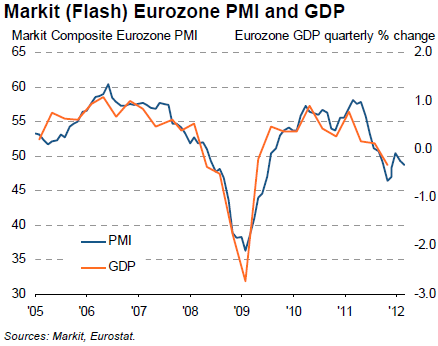EUR/usd
The euro/dollar formed a double top when trying to break through 1.3170 for the second time in the last two trading days. Is it the start of a reversal? Well, probably, but most likely it's just profit-taking after the significant growth. From the lows of July the single currency has risen against the dollar by 11 big figures. Moreover, the move from 1.26 to 1.31 has happened just within six trading days. Of course, after such a rally the market needs to come round. The caution in relation to the further demand for risk comes as a result of the active oil sell-offs yesterday afternoon. There wasn't any particular reason for this, so again the slump in the price of the black gold is attributed to the e-commerce. However, it's not that simple. The flash crash in May 2010 finished with the return of the stocks to their previous levels in the next few days, but then followed a decline which drove the market much lower. We'd recommend you to stay cautious as the market is overheated, but it's very difficult to find the fundamental factors for structural selling now. The current account and trade balance statistics from the ECB and Eurostat respectively have also marked a serious increase in the surplus. As has been mentioned before (in the review of September 11”Rebalancing: Europe supported, Britain unaffected”), Europe for years enjoyed balanced trading, which in its turn gave rise to a number of competitive enterprises. The decline of the single currency has made their production even more competitive, in addition exporters have very little hope now to sell their goods inside the troubled region. The countries with a chronic trade deficit (the USA, Britain) are not that quick to take advantage of the drop in the rate of their domestic currencies. For that they first need to build up the corresponding manufacturing capacity. Already now we can find the researches which prove the benefits of re-shoring of large industries from China into the developed countries because of the high energy prices and quick wage increases in the Celestial Empire. However, this is relevant only for a few industries in the USA (chemistry and metallurgy), while Europe already now has a sizeable surplus both in the external trade and current balance. Besides, the latter has the potential to grow even more against the September levels as the capitals are again flowing into the single currency.

GBP/USD
The British inflation statistics came in a bit worse than expected. Despite the fact that the core CPI coincided with the forecasts (+0.6% m/m and 2.5% y/y), the RPI didn't surpass the expectations and reflected the slowdown in the yearly inflation rate to 2.9% from 3.2%. It shouldn't tell on the rate of the British currency though. It's not the first time that the Bank of England makes the money printing press run despite the high inflation rate. Anyway, now it's not the case when the Bank will have to reconsider the pace of adding assets onto its balance sheet. Thus, we can expect that the BOE will raise the limit of QE, but not before the November meeting.

USD/JPY
Frightened by the statements from officials and growing rumours about the possible extension of QE be the BOJ, USD/JPY was growing all day long yesterday and reached 78.90 after the drop down to 77.11 on Friday. Well, let's see how steady this uptrend will be. Now we have serious doubts as to whether the pair will keep growing. The pressure put by the Fed on the long-term interest rates makes the yen less attractive as a funding currency, as it was earlier in 2000s. The Japanese need to pull themselves out of the crisis. Yet, over the last 25 years they've proved their striking inability to do that on their own.

AUD/USD
The RBA Minutes confirmed that the officials are concerned about the overrated domestic currency and economic slowdown in China. Such comments make it clear that the Bank reserves some room to be able to cut the rate in the near future. This mood may encourage the bears. However, the advocates of the technical analysis will hardly ignore the double top in the aussie, formed on the attempts to break through 1.06 in early August and on last Friday. We've already spoken about the double top in the euro, though at a shorter interval. Gold, just like the euro, is in retracement, and Oil saw a sell-off when WTI reached the level of 100$ per barrel.
